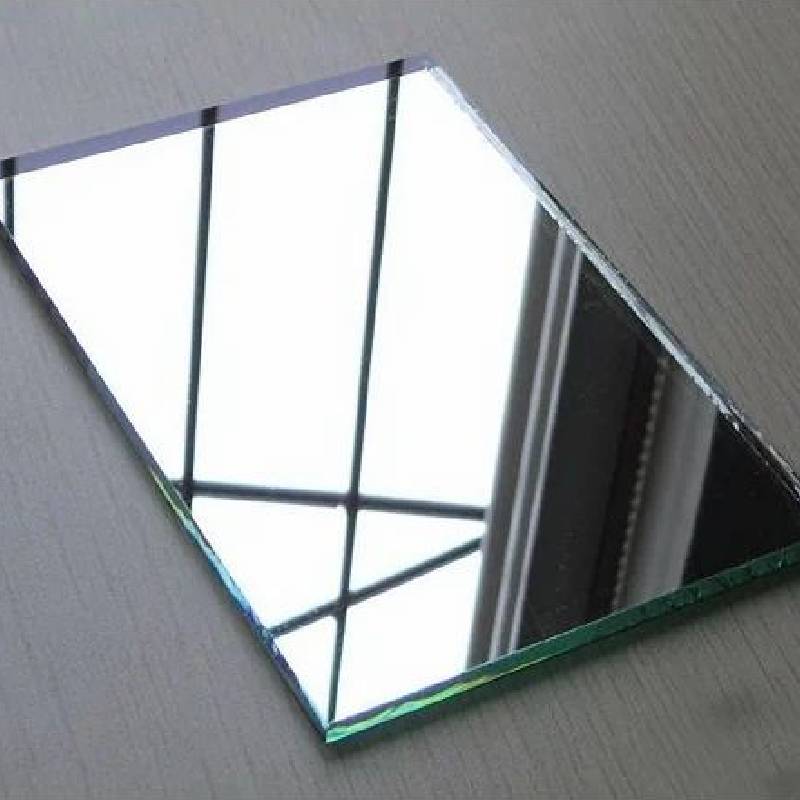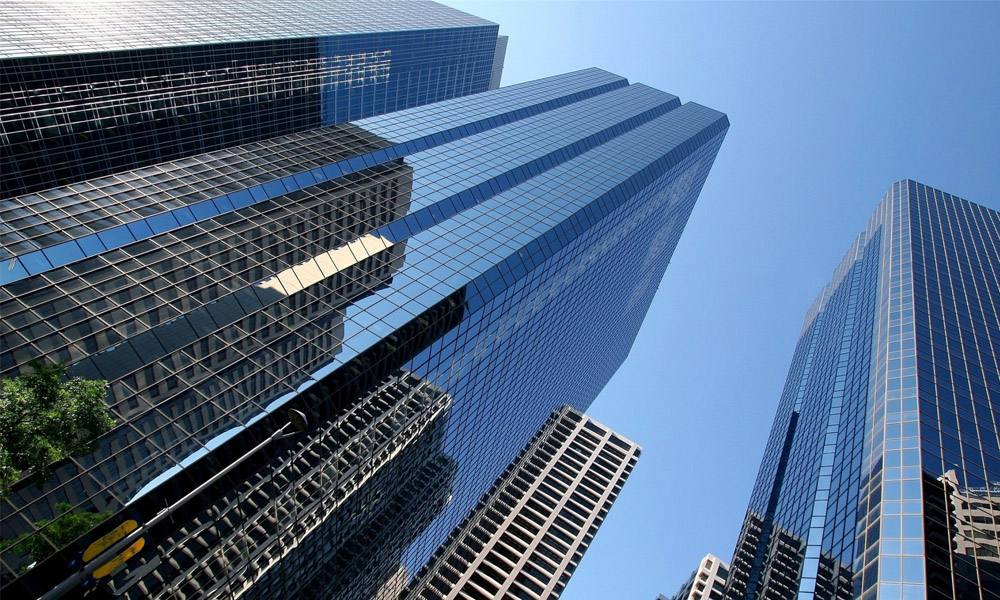Annealed float glass, an essential material in architectural and interior design applications, distinguishes itself through its unique production process and versatile applications. Drawing from decades of industry experience and scientific expertise, this article explores the characteristics, applications, and benefits of annealed float glass, establishing it as a trusted choice for professionals in various fields.

Annealed float glass results from a meticulously controlled manufacturing process. In this process, molten glass is carefully floated over a bed of molten tin. This ensures an exceptionally smooth surface, superior optical clarity, and a uniform thickness. Key to its production is the annealing procedure, where the glass is gradually cooled to relieve internal stresses. This step enhances its structural stability and resistance to thermal shock, distinguishing it as a reliable material underpinning numerous construction and design innovations.
In architectural applications, annealed float glass stands out for its adaptability. Its reputation has been bolstered by architects and builders seeking both aesthetic appeal and practical performance. Professionals praise its ease of cutting and fabrication, accommodating intricate designs and custom installations. From expansive building facades to sleek, contemporary interiors, annealed float glass offers a versatile canvas that meets the demands of modern aesthetics without compromising on functionality.

Moreover, its optical clarity and flawless surface make it an ideal choice for applications requiring unobstructed views and abundant natural light. Interior designers leverage these attributes in partition walls, balustrades, and decorative elements, enhancing spaces with a sense of openness and fluidity. The ability to customize its appearance through processes such as etching, tinting, or lamination adds to its versatility, allowing for tailored solutions that resonate with a project's specific design ethos.
annealed float glass
Expertise in the field also highlights annealed float glass's compatibility with a range of secondary treatments, broadening its applicability. It serves as a base substrate for further processing into toughened or laminated glass. These treatments enhance its safety features, expanding its use in environments where impact resistance and heightened security are paramount. As such, it becomes a cornerstone in the development of glazed exteriors, curtain walls, and safety glass in areas such as airports, stadiums, and public buildings.
The trustworthiness of annealed float glass is cemented by its compliance with stringent international quality and safety standards. Manufacturers adhere to rigorous testing protocols, ensuring that each pane delivered meets or exceeds industry expectations. This commitment to quality assurance instills confidence among architects, designers, and end-users, fostering long-lasting relationships based on reliability and performance.
Furthermore, sustainability considerations position annealed float glass as an environmentally responsible choice. As it is 100% recyclable, it aligns with eco-friendly building practices. Its energy efficiency is augmented when used in combination with advanced coatings or integrated into double-glazed units, contributing to building solutions that optimize thermal management and reduce energy consumption.
In conclusion, annealed float glass exemplifies a harmonious blend of aesthetic possibilities and practical performance. With its foundation rooted in a sophisticated manufacturing process, endorsed by years of industry expertise, and validated by rigorous standards, it stands as a testament to quality and innovation in the construction and design sector. Its multi-faceted applications and environmental credentials further reinforce its status as a preferred material among professionals looking to create spaces that are both visually stunning and functionally sound.



